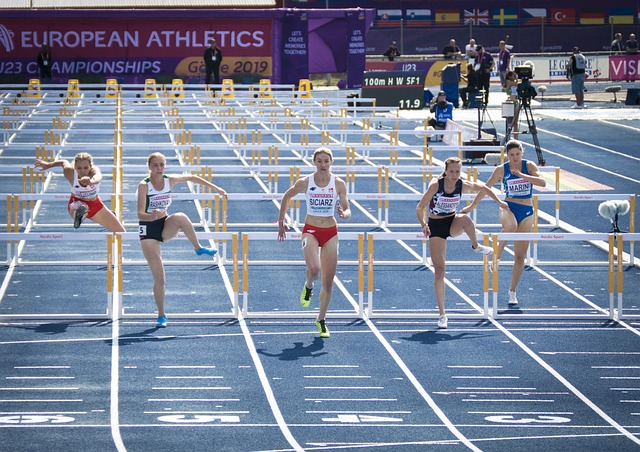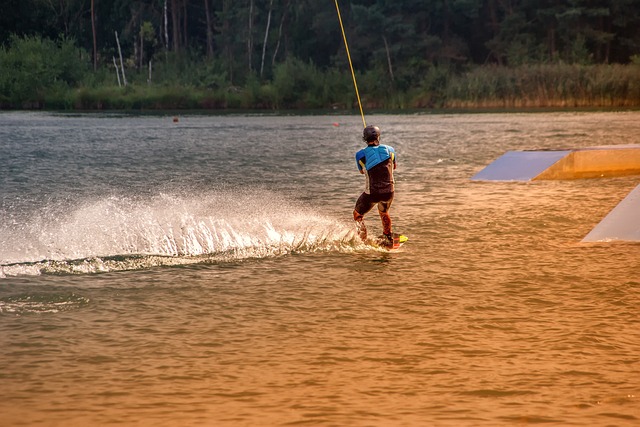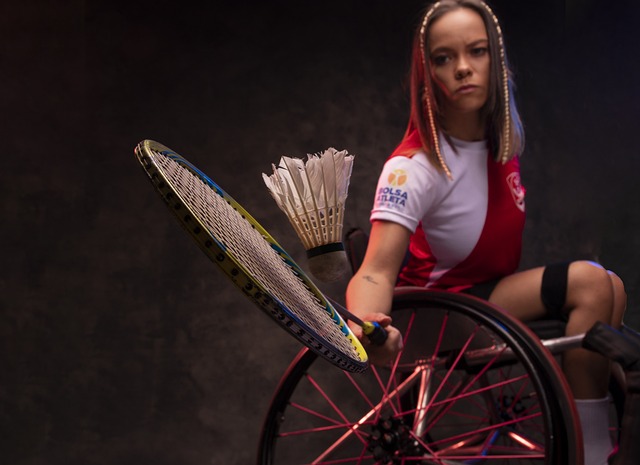Athletic downtime is essential for bodily restoration after intense exercise, but prolonged or inadequate recovery can hinder performance and increase injury risks. Targeted regenerative treatments, including advanced therapies like platelet-rich plasma (PRP) and stem cell applications, offer cutting-edge approaches to optimize athletic recovery. These strategies expedite muscle repair, mitigate inflammation, and enhance overall athlete well-being, ensuring swift and secure returns to peak form. Personalized, evidence-based plans integrating advanced therapies, rehabilitation exercises, nutrition, and rest periods are transforming athletic recovery, minimizing downtime, and enhancing performance.
“In the world of sports, minimizing downtime is key to an athlete’s success and longevity. This article explores effective strategies to reduce recovery time through targeted regenerative treatments. We delve into the science behind athletic downtime and its impact on performance. Subsequently, we highlight the emerging role of regenerative medicine in sport, emphasizing its potential to accelerate healing. By adopting a personalized approach with targeted treatments, athletes can navigate their recovery journey efficiently. Discover common techniques, from platelet-rich plasma to stem cell therapy, and learn how these innovative methods benefit athletic recovery.”
- Understanding Athletic Downtime and Its Impact
- The Rise of Regenerative Medicine for Athletes
- Targeted Treatments: A Personalized Approach to Recovery
- Common Regenerative Techniques and Their Benefits
- Implementing a Comprehensive Plan for Faster Recovery
Understanding Athletic Downtime and Its Impact

Athletic downtime, or recovery periods, is an essential aspect of an athlete’s training regimen, allowing muscles and the body to rest, repair, and rejuvenate after intense physical activity. However, prolonged or inefficient downtime can significantly impact performance and overall athletic abilities. This is where targeted regenerative treatments come into play, offering a game-changer for athletes seeking to optimize their recovery process.
Effective athletic recovery strategies are crucial to minimize downtime and maximize training gains. By employing targeted treatments such as advanced therapies, compression techniques, and specialized nutrition, athletes can accelerate muscle repair, reduce inflammation, and enhance overall well-being. These methods aim to restore the body’s natural healing mechanisms, ensuring athletes return to their peak performance faster and with reduced risk of injury.
The Rise of Regenerative Medicine for Athletes

The field of regenerative medicine is experiencing a surge in popularity among athletes seeking faster and more effective recovery methods. Traditional approaches to athletic recovery, such as rest and conventional therapies, often fall short in addressing the complex needs of active individuals. This has led to a growing interest in targeted regenerative treatments.
Regenerative medicine offers a promising solution by harnessing the body’s natural healing processes. Through techniques like platelet-rich plasma (PRP) therapy, stem cell applications, and tissue engineering, athletes can potentially accelerate muscle repair, reduce inflammation, and enhance overall recovery after intense training sessions or injuries. These cutting-edge treatments aim to restore function, minimize scar tissue formation, and get athletes back in the game sooner.
Targeted Treatments: A Personalized Approach to Recovery

In the realm of athletic recovery, targeted regenerative treatments are revolutionizing how athletes and active individuals approach their downtime. Unlike traditional one-size-fits-all methods, these personalized treatments acknowledge that every body is unique, with distinct needs and recovery patterns. By zeroing in on specific areas of injury or strain, practitioners can deliver precise interventions tailored to accelerate the healing process.
This individualized approach leverages advanced techniques such as platelet-rich plasma (PRP) therapy, stem cell therapies, and specialized massage to stimulate natural regenerative responses within the body. For athletes, this means quicker returns to training, enhanced performance, and reduced risk of future injuries. It’s a game changer that underscores the importance of embracing a personalized strategy for optimal athletic recovery.
Common Regenerative Techniques and Their Benefits

In the realm of athletic recovery, regenerative techniques have emerged as powerful tools to reduce downtime and optimize performance. Some common methods include platelet-rich plasma (PRP) therapy, which utilizes a patient’s own blood to accelerate tissue repair and promote healing. PRP has shown promising results in reducing inflammation and enhancing athletic recovery by targeting specific areas of injury or strain.
Another popular technique is mesotherapy, involving the injection of a combination of vitamins, minerals, and amino acids into problem areas. This approach not only aids in pain relief but also improves circulation and tissue regeneration, fostering a faster recovery process for athletes. These regenerative treatments offer a natural and targeted approach to athletic recovery, helping athletes get back in the game promptly while minimizing the impact of injuries or overtraining.
Implementing a Comprehensive Plan for Faster Recovery

Implementing a comprehensive plan for faster athletic recovery is essential for athletes looking to minimize downtime and maximize performance. This involves a multi-faceted approach, combining various targeted regenerative treatments tailored to specific needs. By integrating strategies such as advanced therapy modalities, proper nutrition, and strategic rest periods, athletes can significantly speed up their recovery process.
Regenerative treatments like platelet-rich plasma (PRP) therapy and stem cell therapies have gained popularity for their potential to reduce inflammation, promote tissue repair, and accelerate muscle regeneration. These treatments, when combined with evidence-based rehabilitation exercises and personalized nutrition plans, can help athletes return to their peak performance levels more quickly. A well-coordinated plan that considers both the physical and mental aspects of recovery ensures athletes not only heal faster but also maintain a competitive edge in their respective sports.
In today’s competitive sports landscape, minimizing downtime is crucial for athletes’ performance and career longevity. Targeted regenerative treatments offer a promising solution by accelerating athletic recovery and enhancing overall well-being. By understanding the impact of downtime, embracing the advancements in regenerative medicine, and implementing personalized treatment plans, athletes can efficiently navigate their road to recovery, ensuring they’re back in the game faster and stronger than ever.
